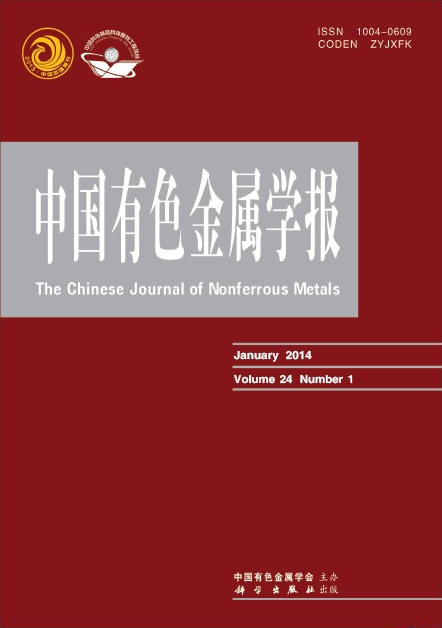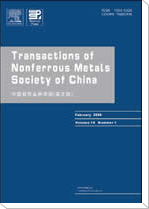(1. 广东工业大学 材料与能源学院,广州 510006;
2. 广东石油化工学院 化工与环境工程学院,茂名 525000;
3. 中国水产科学研究院 南海水产研究所,广州 510300)
摘 要: 采用电子扫描电镜(SEM)观察铝合金表面附着的细菌显微形貌,利用分光光度法和微生物平板计数法研究SRB细菌的生长规律,运用电化学工作站测试6063铝合金在海洋微生物SRB作用下的开路电位、阳极极化曲线、电化学阻抗谱(EIS)的变化规律,采用间歇式培养细菌方式进行自然腐蚀,研究铝合金的腐蚀率和微生物腐蚀后的形貌特征。结果表明:与无菌介质条件相比,海洋微生物在SRB作用下的铝合金开路电位负移,钝化性能变差,使得铝合金腐蚀率变大,腐蚀形式以点蚀为主;铝合金表面附着的海洋微生物以球状细菌为主;在海洋微生物SRB作用下,铝合金的交流阻抗模值减小,降低了铝合金的极化电阻和表面膜的电阻,从而加速了铝合金的腐蚀进程。
关键字: 铝合金;微生物腐蚀;电化学阻抗谱;咸淡水
(1. School of Materials and Energy, Guangdong University of Technology, Guangzhou 510006, China;
2. College of Chemical and Environmental Engineering, Guangdong University of Petrochemical Technology,
Maoming 525000, China;
3. South China Sea Fisheries Research Institute, Chinese Academy of Fishery Sciences, Guangzhou 510300, China)
Abstract:The microstructure of the bacteria that attached on the aluminum alloy surface was observed by scanning electron microscopy (SEM). The growth regularity of the SRB bacteria was measured by spectrophotometry and microbial plate count methods. The open-circuit potential, polarization curves and electrochemical impedance spectroscope (EIS) of aluminum alloy 6063 under the marine microbes SRB were studied by adopting electrochemical workstation. By using natural corrosion test, the corrosion rate and corrosion morphology of the alloy immersed in intermittent culture bacteria were analyzed. The results show that, compared with the sterile medium conditions the open-circuit potentials of the alloy shift negatively and the passivation performance worsen under the marine microbe SRB, which leads to larger corrosion tendency, higher corrosion rate, and pitting corrosion form. The marine microbes attached to the aluminum are mainly spherical bacteria. The AC impedance modulus of aluminum decreases under marine microbe SRB, thus, reducing the polarization resistance of aluminum alloy and resistance of surface film, and accelerating the process of corrosion of aluminum.
Key words: aluminum alloy; microbial corrosion; electrochemical impedance spectroscope; estuary water


